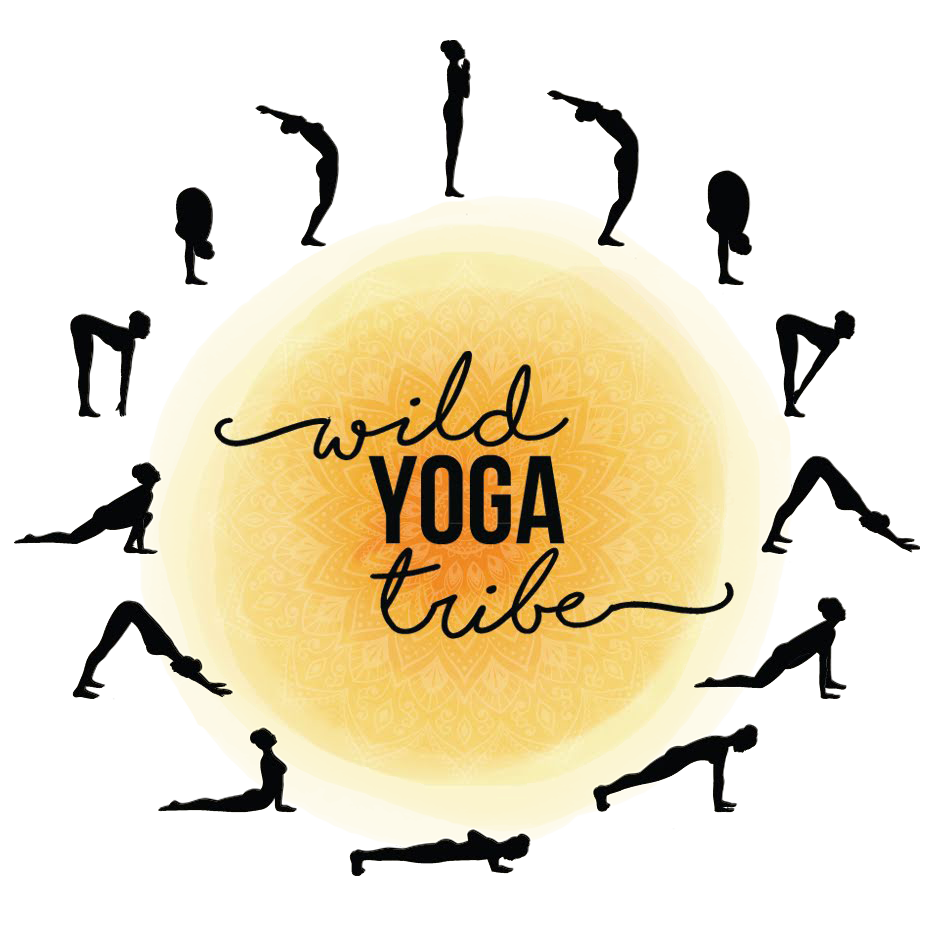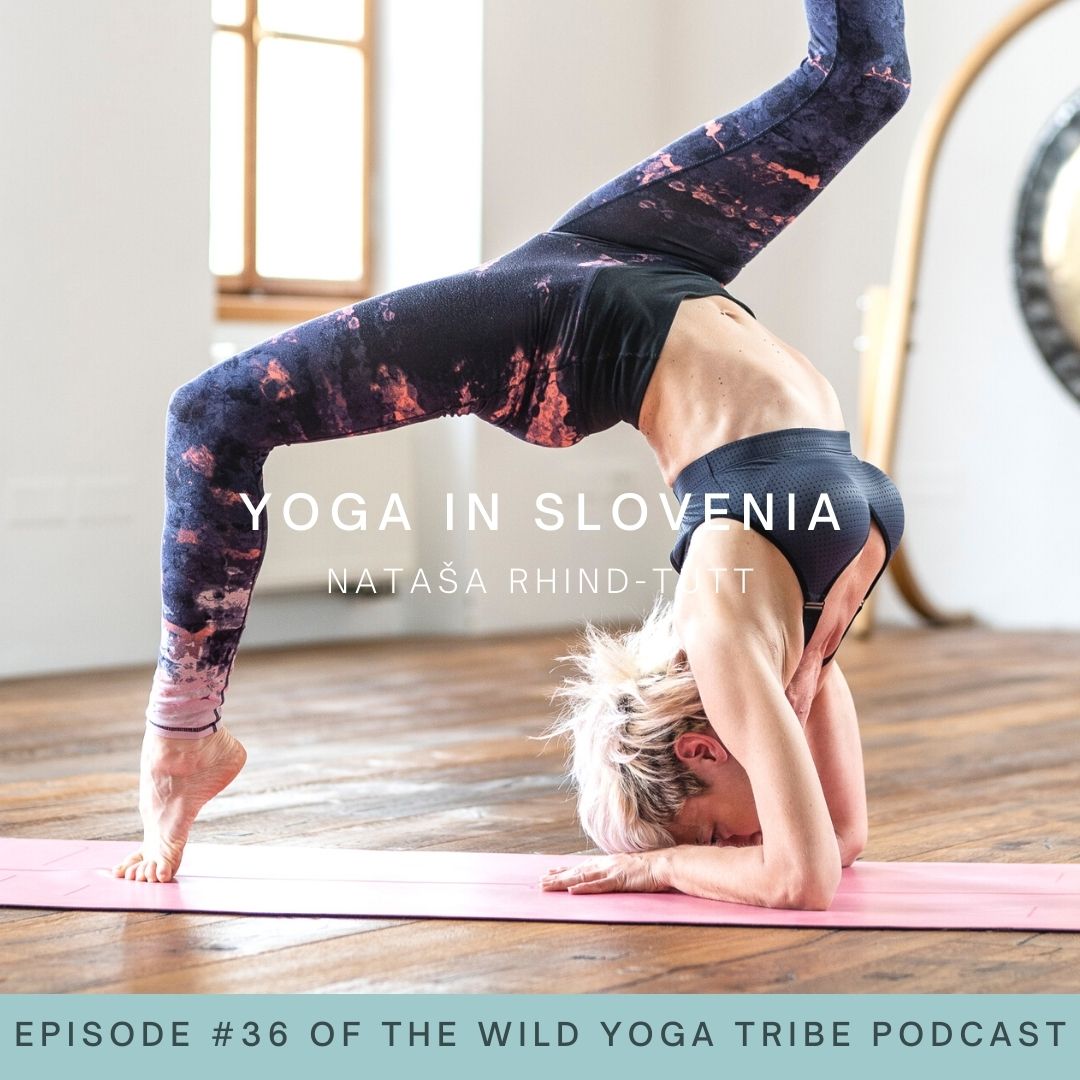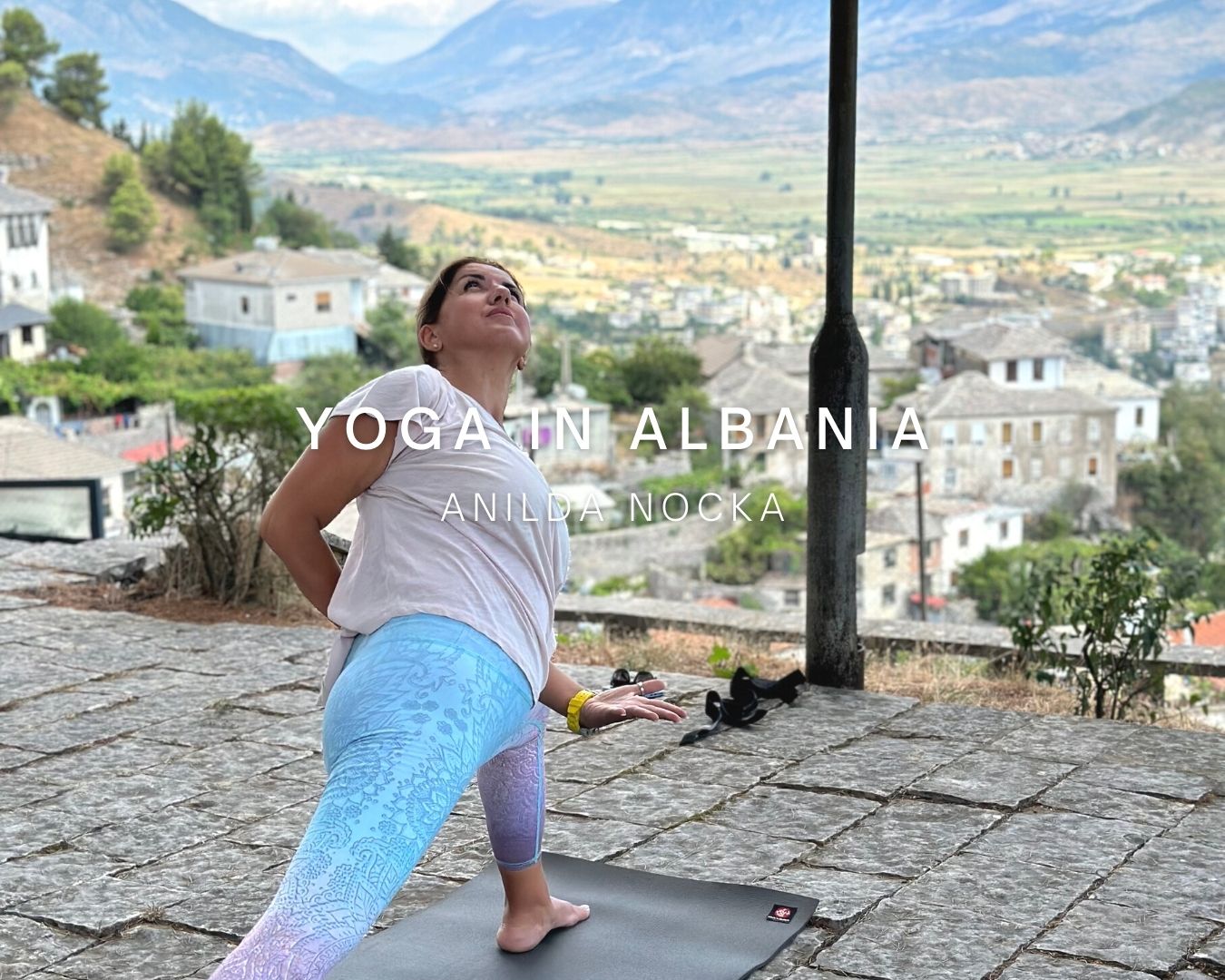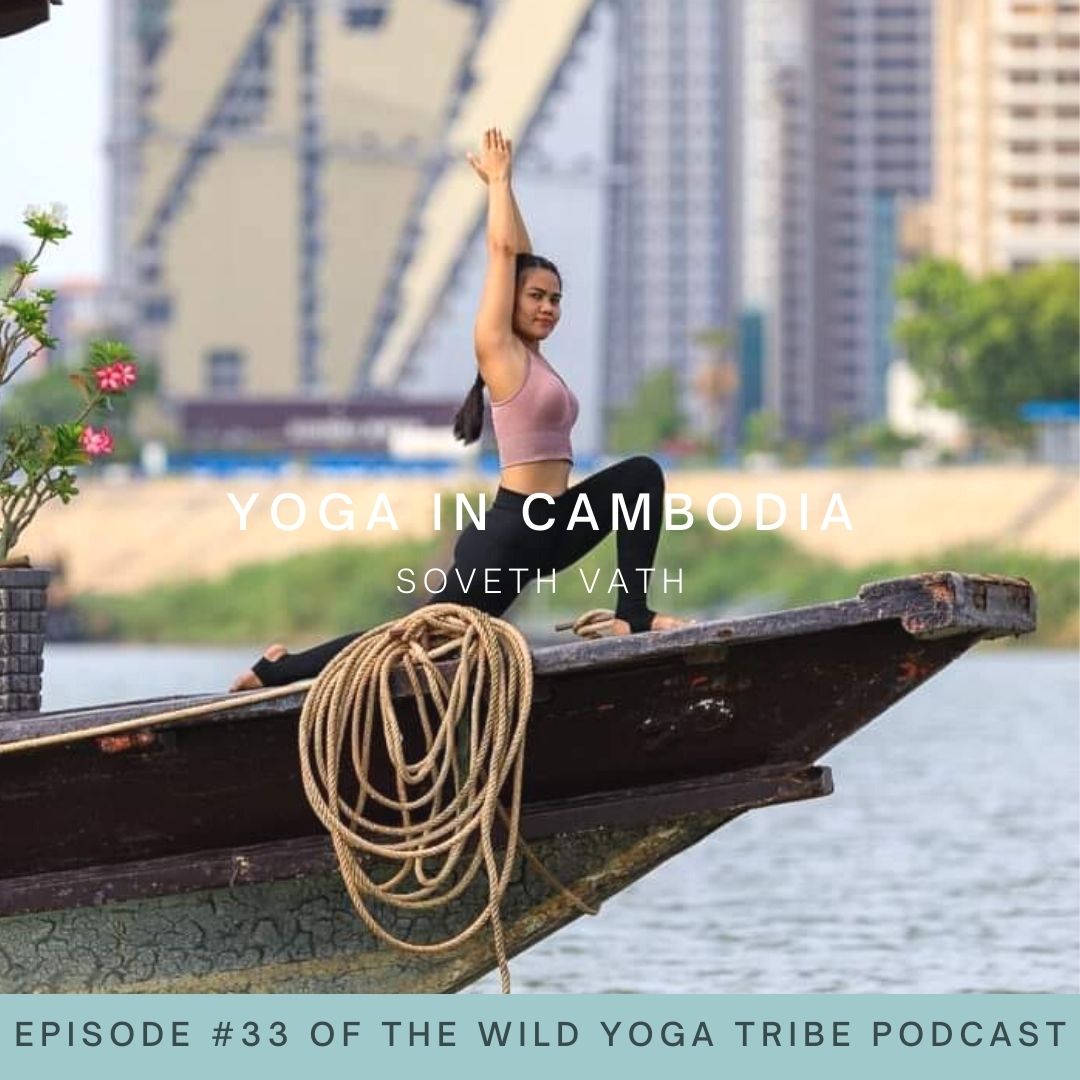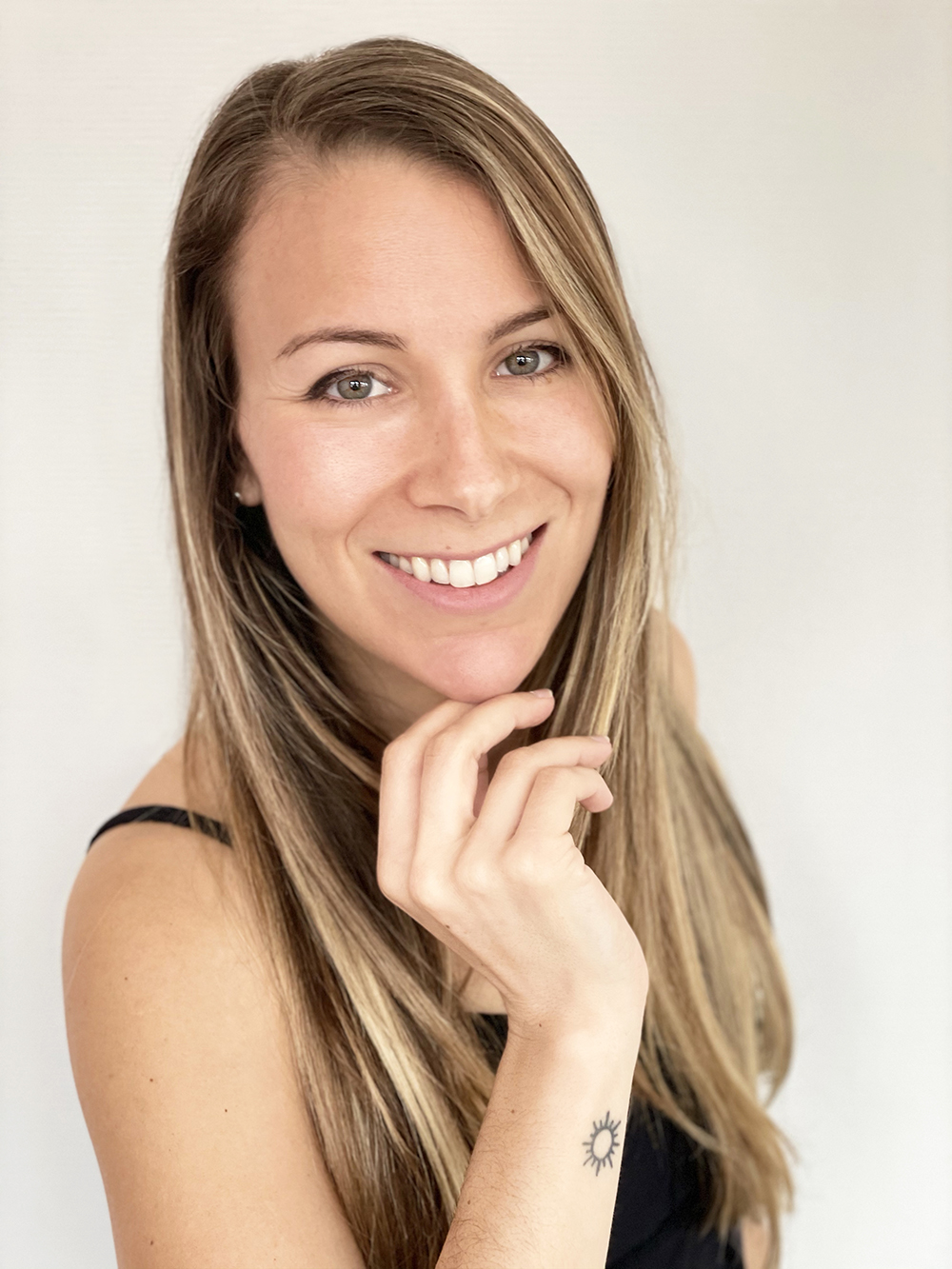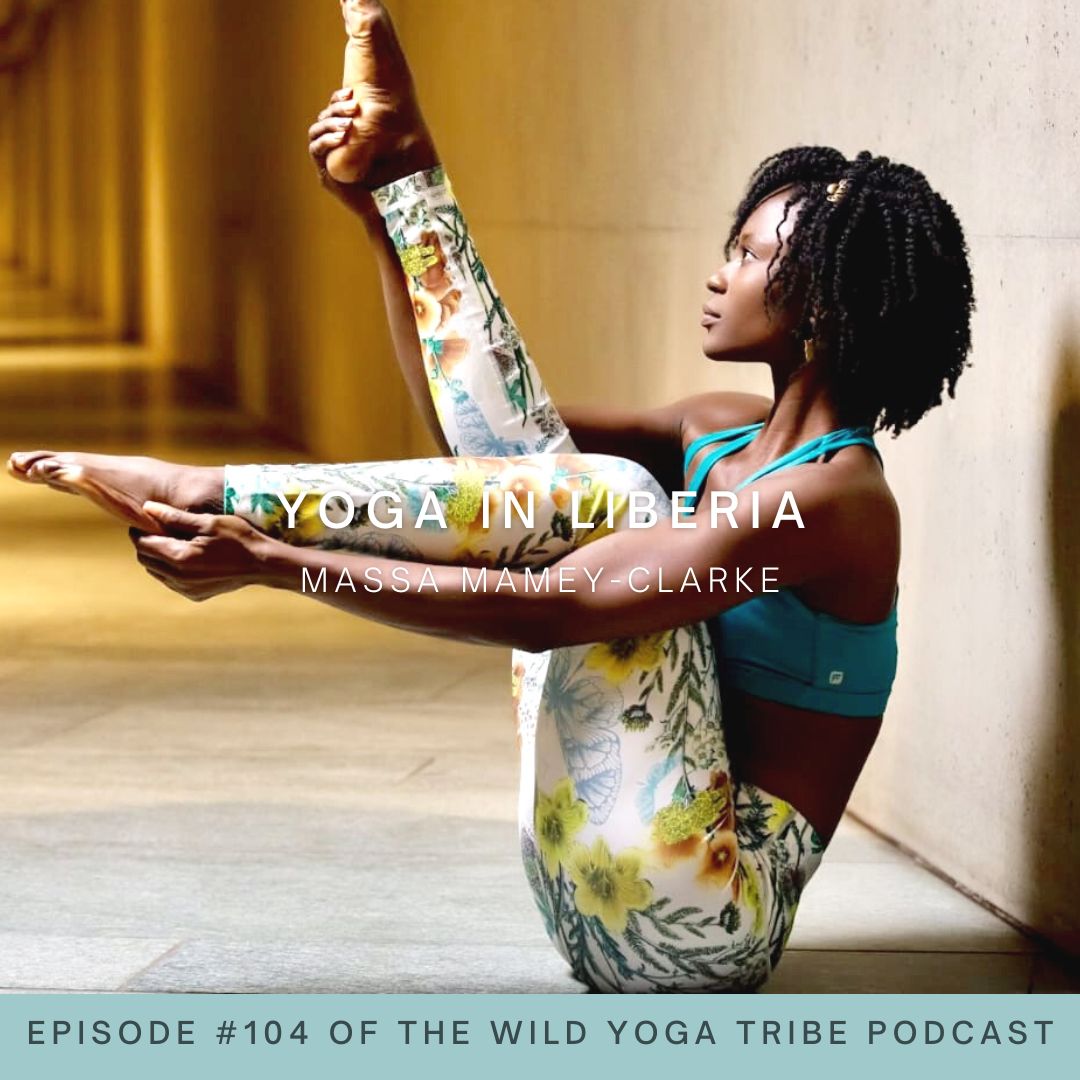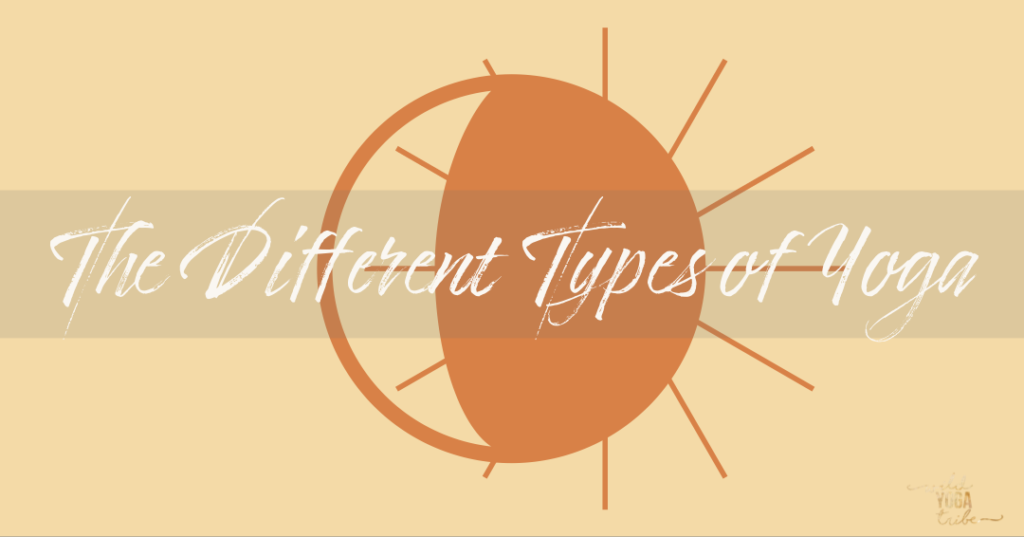
There are many different types of yoga out there nowadays. It can be confusing when looking up at a class schedule and trying to decide which class is right for you. I wanted to spend a little time explaining the different types of yoga that are out there and what to expect in different yoga classes.
What is Hatha Yoga?
The Sanskrit word “hatha” is the umbrella term for all physical asanas and postures in yoga. Yes, Hatha is actually the word that encompasses all the different types of yoga styles.
Quite literally, Hatha refers to the practice of yoga asanas. However, the word “hatha” means either “willful” or “forceful.” In Sanskrit, the word “ha” means sun and the word “tha” means moons, which means that hatha is a perfect balancing of dualities: our yin and yang energies, the masculine and the feminine, the sun and the moon. Hatha yoga practice serves to create a union, which is the true meaning of the yoga.
It is the oldest and most traditional style of yoga, with focus on the holding the yoga postures for multiple breathes versus powering through a faster sequence. In the West, Hatha yoga is considered a classic approach to yoga. It is usually slower paced than other types of yoga, and is generally more relaxed. It is known for being quite gentle and slow, and is usually a favorite type of yoga for beginners.
What Is Vinyasa Yoga?
There are a couple different sanskrit definitions of the word Vinyasa. “Vi” is taken to mean in a special way, and “nyasa” means to place. Another translation, by a student of Krishnamacharya, Srivatsa Ramaswami says that, “The Sanskrit word Vinyasa comes from a prefix vi, which means variation, and a suffix, nyasa, which means ‘within prescribed parameters.’”
Lastly, apparently in the early Tantra texts, Vinyasa was translated as the ‘sequence of consciousness.’
Vinyasa yoga asana practice is all about seamless transitions and making the practice a perfect flow. With smooth and fluid transitions, the yoga practice seems to unfold organically like the petals of a lotus. By doing asanas in a specific order, or with placing emphasis on a logical and coherent order, then there can be uninterrupted harmony between the asanas.
What you can expect in a Vinyasa yoga class is a smooth and continuous practice that truly flows. That means that there is no stop-start-stop-start kind of movement, and rarely are there elongated pauses for rest in child’s pose, or other passive asanas. Rarely in a Vinyasa classes will an asana be held for very long at all, sometimes for as little as a single inhale.
A Vinyasa class is seamless, one posture flows into the next using the breath. The breath is the link. Then focus is on movement and on smooth transitions. In the West, there are usually two different types of Vinyasa classes offered: Power Vinyasa or Vinyasa Flow. Power Vinyasa will put a more athletic focus on the practice, and will be fast paced and physically demanding. Whereas Vinyasa Flow classes will focus on building smooth harmony through movement and transitions.
What Is Ashtanga Yoga?
Ashtanga Yoga is actually a newer style of yoga than you might think. It was formulated in the 20th century, in Mysore, India by Sri K. Pattabhi Jois and T. Krishnamacharya. Together, Pattabhi Jois and Krishnamacharya developed six sequences for students to memorize and follow. The key principle of Ashtanga Yoga is to perfectly follow the sequence of asanas, the set series of movement.
In Sanskrit Ashtanga means “eight-limbed.” This term is denoted first in Patanjali’s Yoga Sutras for the eight-fold path of yoga, not just yoga asana practice, but the complete path to follow to live as a yogi. Sri K. Pattabhi Jois and T. Krishnamacharya settled on calling their style of yoga Ashtanga Yoga, in honor of Patajali and because Pattabhi Jois firmly believed that the asana “limb” of yoga had to be practiced before the other limbs could be mastered.
Ashtanga Yoga is very dynamic and difficult. It is a rigourous yoga asana practice that is perfectly balanced between left, right, forward bending, backbending, and inversions. It’s like a formula. A thoughtfully crafted yoga formula that combines, breath, Drishti, vinyasa, and bandhas to make a perfect practice.
The first sequence, called the primary series, is the most commonly taught of Pattabhi Jois’ six sequences. It takes approximately 90 minutes to complete and can either be taught by a teacher leading the class, or can be taught in “Mysore style” which means that the students have already memorized the sequence, so the teacher says nearly nothing in the class and walks around providing adjustment and alignment to individual students when needed.
Remember, Ashtanga Yoga is about purification of the body and mind. This is achieved through a challenging, rigorous series that emphasizes structure, strength, and flexibility.
What is Bikram Yoga?
Bikram Yoga is a practice of hot yoga that was developed by Indian born, American citizen Bikram Choudhury in the 1960s. It was popularized in the USA in the 1970s and was enormously successful until Bikram Choudhury had sexual assault law suits filed against him. Multiple lawsuits. Bikram Choudhury has become a very controversial yoga guru and is currently hiding out in Mexico.
Anyways, let’s cover what Bikram Yoga actually is. It is a set-series and sequence of 26 asana poses paired with two pranayama exercises. Classes are 90 minutes. It is practiced in a room that has been heated to around 105°F or around 40°C. There is a range of temperatures that are suitable for Bikram Yoga, 35–42 °C and 95–108 °F. The humidity of the room is raised to 40%! You can expect a lot of sweating to happen in these classes.
Every single Bikram Yoga Instructor or Bikram Yoga Studio has to be personally accredited and certified by Bikram Choudhury himself. And a percentage of every sale goes to him. And you have to pay him $10,000 to open a Bikram Yoga Studio. These checks are still going out in the mail monthly.
Ever since the controversy started, Bikram Yoga took a decline and Hot Yoga stepped up to the plate. Hot Yoga classes can follow the 26 asana sequence, but not precisely or else that would be copyright infringement. So some Hot Yoga classes are vinyasa style and have no sequencing, while other classes very nearly follow the 26 asana sequence but not precisely. In a Hot Yoga class though, you can always expect a sweltering hot room with ramped up humidity levels! Classes can be either 60 or 90 minutes.
What is Yin Yoga?
Yin Yoga is a very slow-paced yoga practice, in which yoga asanas are held for a minute or more. Most beginners hold the yoga pose for just a minute or two, and over time strive to hold the pose for five minutes or more. The yin yoga asanas are modified from Hatha Yoga classic asanas. They have been modified to be more passive and to be more comfortably held for minutes at a time. Most yin yoga asanas are laying down or sitting down.
Yin Yoga was actually first developed as Yin and Yang Yoga in the 1970s by a martial arts master, Paulie Zink. He first taught only taught martial arts students Yin and Yang Yoga, a combination of passive Yin Poses and active Yang poses to increase their flexibility. Later, yoga teachers began to become interested in learning this new type of yoga from Paulie Zink. Sarah Powers and Paul Grilley were two of Zink’s students that helped popularize Yin Yoga in the West. However, both Grilley and Powers only taught Yin Yoga, and left out all of the Yang energetic, active, strenuous asanas.
Today, Yin Yoga consists of passive, predominantly sitting or lying down asanas that are held for a minute or more. The purpose of the asana is to put light to moderate stress on connective tissue, fascia, tendons, and ligaments. The goal is to not so much stretch these tissues but to put a “load” on them that allows stretching to organically occur. It purpose of Yin Yoga is to increase flexibility and to improve circulation in the joints, and of course to cultivate inner stillness.
What is Restorative Yoga?
Restorative yoga is similar to yin yoga, in that it involves passive asanas with lots of props, held for long periods of time. However, in restorative yoga, students are told to be 100% comfortable. There should be no sense of strain or discomfort. Whereas in Yin Yoga, there is usually a sensation of discomfort that accompanies each asana as the purpose is to put stress on the connective Theseus to build flexibility. Whereas in restorative yoga, the purpose is to help heal a body that is in need of healing. Whether the Restorative Yoga Practitioner needs to heal an injury, or to help with a general unhealthy body, Restorative Yoga can aid a practitioner in restoring the body back to full health.
Restorative Yoga extensively focuses on the need of props, from blankets to bolsters to pillows. Props are used in almost every asana to encourage complete muscle and body relaxation. The props support your body so that stress is not placed on the body but on the props instead. During thirty minute long Restorative Yoga Class, there might only be five or six poses held for five minutes or more. All asanas are sitting or lying down postures.
The main goal of Restorative Yoga is to completely relax the body, mind, and spirit. Without any strain or pain, or stress on the body, your entire being is encouraged to completely relax and dwell in the stillness.
What is Iyengar Yoga?
The foundation of Iyengar Yoga is Hatha yoga asanas. Iyengar Yoga was created B.K.S. Iyengar, and was thoroughly explained in his bestselling book, Light on Yoga, published in 1966. Iyengar opened his first Yoga institute in 1975 in Pune, India. And later helped open numerous Iyengar Institutes abroad, from London to the USA.
The main focus of Iyengar Yoga is alignment. The goal is to get each asana, completely, totally, perfectly correct. Rather than moving through asanas at a consistent pace in a Hatha class or a faster and fluid pace like that of Vinyasa Yoga, Iyengar Yoga is slow-paced and highly detail oriented. Iyengar Yoga emphasizes precision and correctness in alignment, above all else.
During an Iyengar Yoga class, there is no flow to it. It is a rather stop and start pace, that allows students to rest in child’s pose between asanas. A student may use any props that are necessary to achieve perfect alignment, and may work for many minutes at a time correcting an asana until it has reached perfection. Every tiny detail and every single nuance of each asana is exhaustively explained so that a student can conscientiously and earnestly work towards the perfect alignment of each asana.
What is Kundalini Yoga?
In Sanskrit, Kundalini means “coiled like a serpent.” Kundalini yoga is about awakening the kundalini energy in the body that has accumulated in the root chakra. It is said to be coiled at the base of the spine, and it is through a flow of asanas and kriyas that this energy is awakened and guided upwards through our crown chakra. Mantras, chanting, meditation, and pranayama are also incorporated in Kundalini Yoga to unlock this energy.
Kundalini Yoga comes from the ancient practice of Laya yoga, which was mentioned in the Upanishads, written in 500 BC. The art of unlocking the Kundalini energy was highly secret until Yogi Bajan brought Kundalini Yoga to the West in 1969.
Kundalini yoga is not like every other yoga class. It’s a highly spiritual practice that blends the physical asana yoga practice with kriyas, meditatations, and pranayamas meant to raise one’s awareness and awaken the Kundalini forces that reside inside our energy body.
It is my sincere hope that this blog post has help you learned about the different types of yoga. As there are many different styles, traditions, and methodologies— keeping them straight can be tricky! Especially if you are new to the practice of yoga. That being said, after you have tried some of the different types of yoga, it will all make much more sense to you how they feel, the rhythm, the pace, the experience. Each type of yoga has something unique to offer. Although they all are yoga practices, they certainly do have their differences!
Want more? Check out the Wild Yoga Tribe podcast!
https://wildyogatribe.com/podcast/
Tune into the Wild Yoga Tribe podcast on Apple Podcasts or on Spotify! If you feel called, please subscribe and give a review!
Questions? Comments? Let’s get social!
https://www.instagram.com/wildyogatribe/
https://www.facebook.com/wildyogatribe
https://twitter.com/wildyogatribe
Mediate with me: https://insig.ht/6gFTaXHlogb
Flow with me: https://www.youtube.com/c/WildYogaTribe
Book a private yoga or meditation class with me: https://wildyogatribe.com/yogaclasses
Everything you need is just one click away! Check out all the resources here: https://linktr.ee/wildyogatribe
Which of the different types of yoga have you tried? Which is your favorite? Let me know in the comments below!
